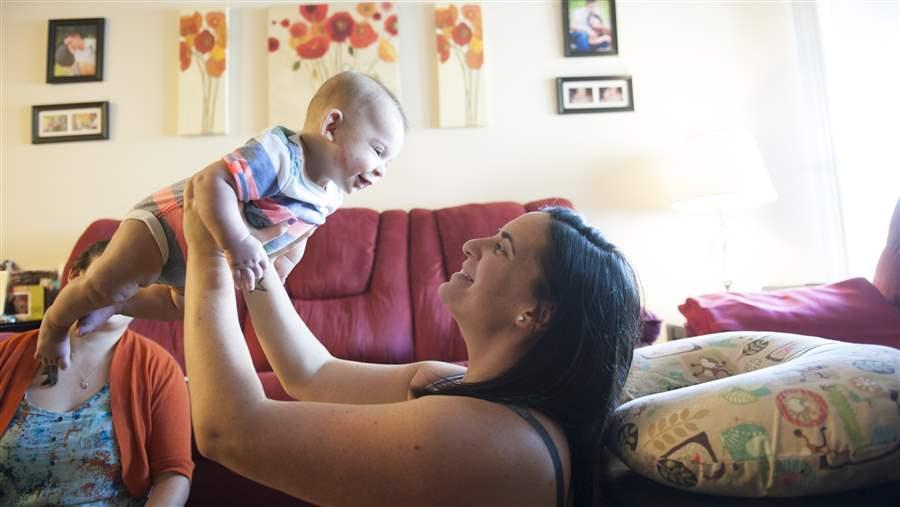Family Support and Coaching Programs
Crafting the message for diverse stakeholders
 James Kegley
James KegleyThe field of early childhood home visiting has two primary audiences with which it must communicate effectively in order to be successful in improving outcomes for vulnerable children and families. The first includes those who are essentially responsible for regulating and funding programs: policymakers and voters. Home visiting advocates and practitioners must be able to communicate the value of their services to this audience to ensure sustainable program funding and political support. The second audience consists of the families that are invited to enroll in programs. Because home visiting is voluntary, families that do not clearly understand how they would benefit from participation are more likely to decline.
The Pew Charitable Trusts set out to develop language that would most successfully communicate to each audience an explanation of home visiting services and providers, the programs’ achievements, and the types of families that can benefit. Recognizing that the audiences have different frames of reference and goals—policymakers are charged with supporting programs that are proved to have a positive impact on society, but parents are primarily focused on the welfare of their own families—we conducted the research in two phases. Working with a bipartisan team of national research firms—Public Opinion Strategies and the Mellman Group—Pew surveyed policymakers, voters, home visitors, and mothers who were eligible for or had participated in home visiting.
Surveys, interviews, and focus groups conducted in 2014 and 2015 revealed the distinctive language that works best with each audience about home visiting programs, as well as areas of overlap.
Most significantly, the research found that both voters and prospective participants respond negatively to the widely used name for these services: “home visiting.” Concepts such as “family support and coaching” were much better received.
Researchers found that voters were most receptive to:
- An emphasis on training of service providers and on local implementation of the programs.
- A description of those receiving services as “vulnerable” and “motivated parents who want to do well by their children.”
- A focus on increased participant self-sufficiency; this outcome was the most popular with voters across the political spectrum.
Prospective participating mothers were most receptive to:
- Messages focused on their personal needs, such as career goals, stress reduction, and referrals to services (e.g., child care).
- The idea of working with a “family support provider” rather than a “home visitor” or a “nurse.”
- Programs that demonstrate flexibility and an understanding that each family is unique.
Prospective participating mothers who were unlikely to participate said they:
- Worried about being negatively judged, with some concerned that such judgment might affect custody of their children.
- Were uneasy about strangers coming to their homes.
- Already had the kind of support they needed in their lives.
This brief looks at the survey findings in detail and offers the following recommendations to help advocates and service providers improve their outreach to key audiences and more effectively communicate the value of their services for children, families, and taxpayers:
- For all audiences, change the name of the services from “home visiting” to “family support and coaching” and refer to the people who deliver services as “family support providers” rather than “home visitors.”
- Focus on different outcomes, depending on the audience:
- For policymakers and voters, stress increased family self-sufficiency.
- For prospective participating mothers, emphasize help with setting career and educational goals, reducing stress, accessing services, and obtaining referrals for services such as affordable day care or reduced-price car seats.
- Produce literature for mothers that is simple, personal, and to the point and stresses flexibility, with equal emphasis on the mother’s and child’s development.











